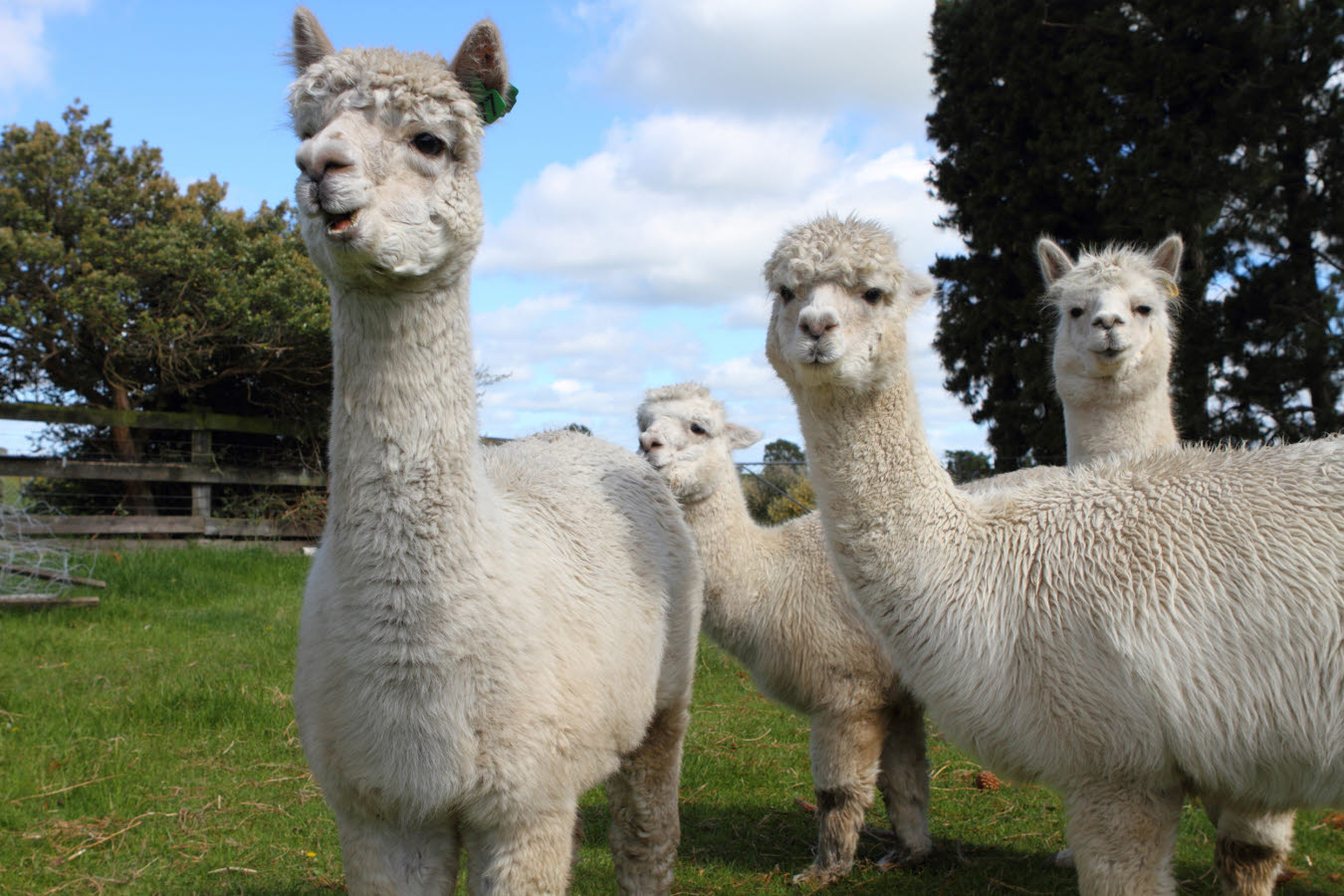Keeping alpacas

Alpacas are unique animals and possess some exciting characteristics. They have minimal impact on the environment, produce a useful fleece and are capable of guarding other animals.
Before you consider bringing alpacas on to your property you need to contact your local council and ask if you are allowed to keep them and how many. You will need to become a registered livestock owner and may need to acquire a Property Identification Code (PIC), which is essential when moving stock between properties.
You need to consider if you have the time and finances to support and care for the animal and realise that some alpacas can live for 15-20 years. These considerations are the basis of responsible pet ownership.
Reasons for keeping alpacas
- Alpacas can be used as a guard animal to protect sheep and lambs, and they are very good at keeping away foxes that are known to target weak stock. Alpacas can, however, be vulnerable to feral dogs, so don’t get complacent about their safety.
- The fleece of alpacas is a useful source of income for many breeders. In most cases, breeders sell finished products made from the fleece of their flock. Otherwise, the fleece is shipped to Peru for grading and processing into garments and then returned to Australia for sale.
- Work is currently underway to develop an alpaca meat industry. The meat is high in protein and low in fat and is in fact, already for sale in some parts of Australia.
Alpaca feeding and paddock setup
Alpacas need access to good quality pasture at all times. They will survive on native pasture but may need supplementation with quality hay and/or grains. Care needs to be taken with alpacas just as you would for other livestock, as they can be affected by ryegrass toxicity as well as phalaris toxicity. It’s a good idea to check with your local veterinarian about what to look out for in your local area.
The number of alpacas you keep will depend on how much pasture you have. As a guide, alpacas will eat about 2% of their body weight in feed every day. Access to freshwater at all times is critical.
Fencing similar to what you would use for sheep is sufficient, but it should be without barbed wire. Each paddock should have shade available at all times of the day.
A small yard or catch pen is essential for vet checks, medication administration and shearing. You will also need to have a quarantine paddock for new or sick animals and a nursery paddock (near the house so you can closely monitor pregnant animals that are about to go into labour).
Health and disease
Like any animal, alpacas need to be monitored to ensure they stay healthy. Before you purchase an alpaca, you should arrange for a vet to check the animal. This is particularly important for breeding animals.
Unlike sheep, Alpacas are less likely to suffer from flystrike and foot rot, and because they generally defecate in one spot, they usually have a low worm burden. They do, however, need to be vaccinated twice yearly with the same vaccines used for sheep in the local area.
Shearing is probably the most significant maintenance task required while keeping alpacas. They should be shorn once a year usually during spring, and this usually takes about seven minutes per animal for an experienced alpaca shearer.
You can read more about the rise of alpaca farming here.
